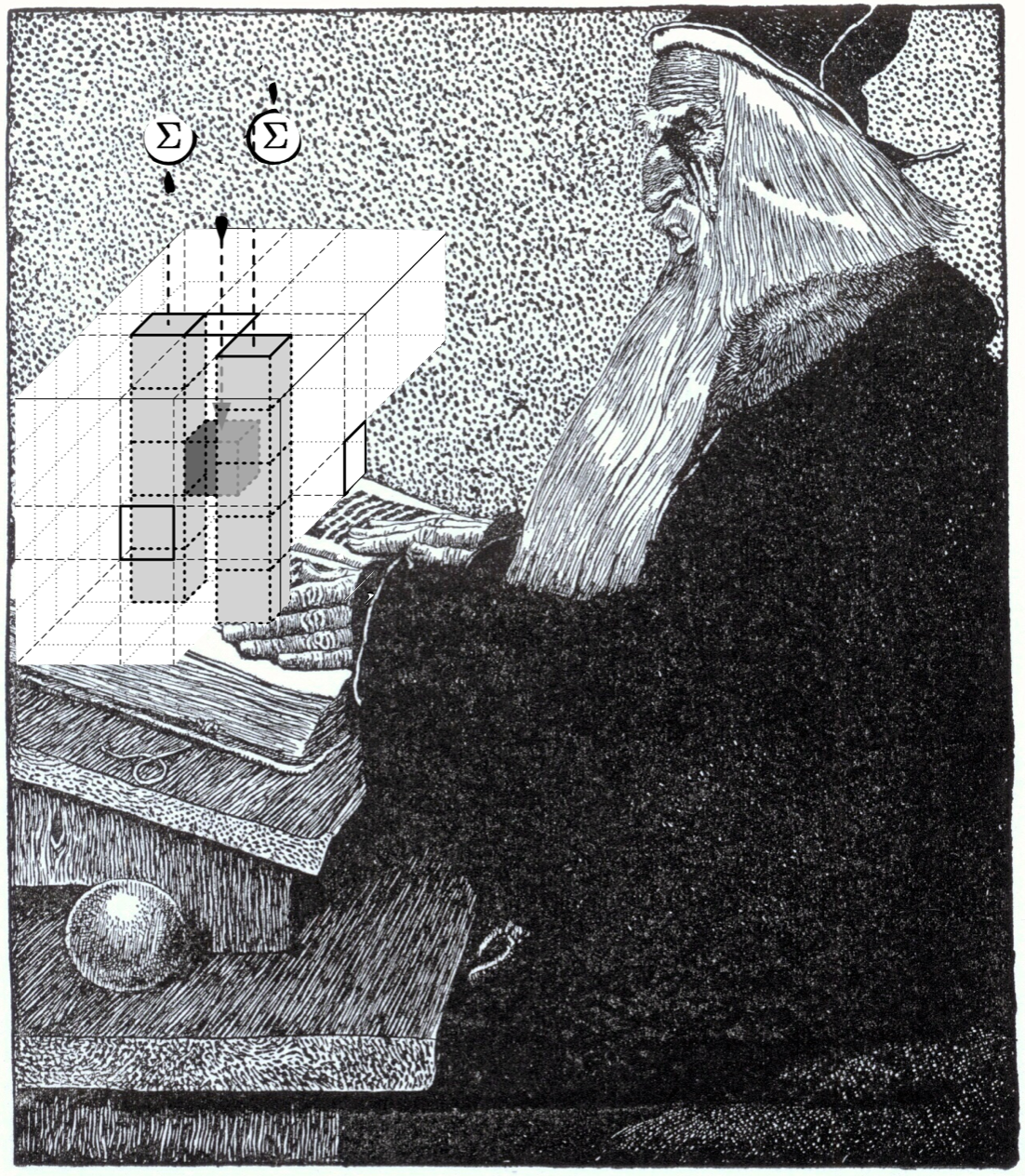Merlin is a STROBE-based transcript construction for zero-knowledge proofs. It automates the Fiat-Shamir transform, so that by using Merlin, non-interactive protocols can be implemented as if they were interactive.
This is significantly easier and less error-prone than performing the transformation by hand, and in addition, it also provides natural support for:
-
multi-round protocols with alternating commit and challenge phases;
-
natural domain separation, ensuring challenges are bound to the statements to be proved;
-
automatic message framing, preventing ambiguous encoding of commitment data;
-
and protocol composition, by using a common transcript for multiple protocols.
Finally, Merlin also provides a transcript-based random number generator as defense-in-depth against bad-entropy attacks (such as nonce reuse, or bias over many proofs). This RNG provides synthetic randomness derived from the entire public transcript, as well as the prover's witness data, and an auxiliary input from an external RNG.
More details on the design of Merlin and how to use it for proof systems can be found on the Merlin website.
The nightly feature is passed to clear_on_drop; it may be replaced
with a no-op in the future (since clear_on_drop is an implementation
detail).
The debug-transcript feature prints an annotated proof transcript to
stdout; it is only suitable for development and testing purposes,
should not be used in released crates, and should not be considered stable.
An example of an annotated transcript for a Bulletproof rangeproof can be found here.
Merlin is authored by Henry de Valence, with design input from Isis Lovecruft and Oleg Andreev. The construction grew out of work with Oleg Andreev and Cathie Yun on a Bulletproofs implementation. Thanks also to Trevor Perrin and Mike Hamburg for helpful discussions. Merlin is named in reference to Arthur-Merlin protocols which introduced the notion of public coin arguments.
The header image was created by Oleg Andreev as a composite of Arthur Pyle's The Enchanter Merlin and the Keccak Team's θ-step diagram.
This project is licensed under the MIT license.
